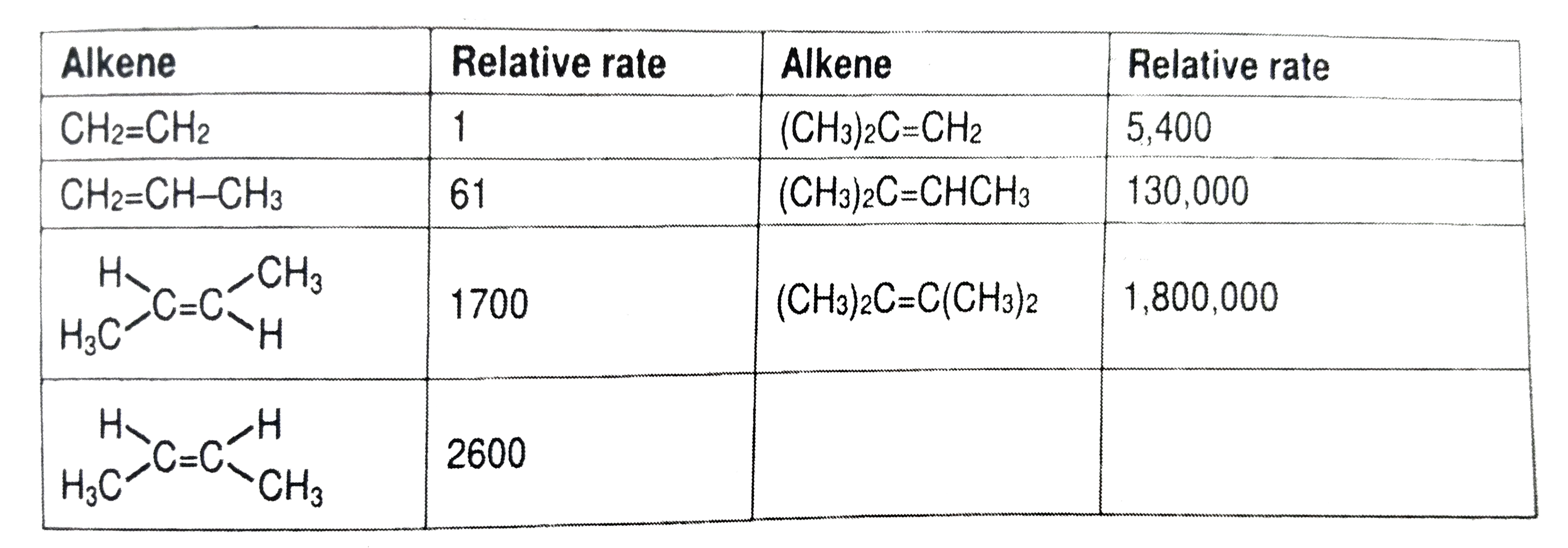One would expect proton to have very large
charge
ionisation potential
hydration energy
radius
The correct Answer is:C
To solve the question regarding what one would expect a proton to have very large, we can follow these steps:
Step 1: Understand the Definition of a Proton
A proton is a positively charged particle found in the nucleus of an atom. In the context of hydrogen, when it loses its electron, it becomes a hydrogen ion (H⁺), which is essentially a proton.
Hint: Remember that a proton is the nucleus of a hydrogen atom without its electron.
Step 2: Analyze the Options Given
The options provided are:
1. Charge
2. Ionization potential
3. Hydration energy
4. Radius
Hint: Look at each option critically and consider the properties of protons.
Step 3: Evaluate the Charge of a Proton
The charge of a proton is approximately 1.6×10−19 coulombs. This is a fundamental charge but not considered "very large" in the context of energy or size.
Hint: Consider the numerical value of the charge and compare it to other physical quantities.
Step 4: Evaluate the Radius of a Proton
The radius of a proton is about 0.84−0.87 femtometers (10−15 meters). This is also a very small value, so we cannot say that the radius is very large.
Hint: Think about the scale of atomic and subatomic particles when considering size.
Step 5: Evaluate the Ionization Potential of a Proton
The ionization potential refers to the energy required to remove an electron from an atom or ion. Since a proton (H⁺) has no electrons, the ionization potential is effectively zero. Therefore, it cannot be considered large.
Hint: Recall that ionization potential is related to the presence of electrons.
Step 6: Evaluate the Hydration Energy of a Proton
Hydration energy is the energy released when ions are dissolved in water. It is inversely proportional to the size (or radius) of the ion. Since the radius of H⁺ is very small, it results in a very large hydration energy.
Hint: Remember the relationship between ionic radius and hydration energy.
Conclusion
Based on the evaluations, the only option that can be considered "very large" in the context of a proton is its hydration energy. Therefore, the answer is:
Hydration energy.
Final Answer
One would expect the hydration energy of a proton to be very large.
---
A proton is a positively charged particle found in the nucleus of an atom. In the context of hydrogen, when it loses its electron, it becomes a hydrogen ion (H⁺), which is essentially a proton.
The options provided are:
1. Charge
2. Ionization potential
3. Hydration energy
4. Radius
The charge of a proton is approximately 1.6×10−19 coulombs. This is a fundamental charge but not considered "very large" in the context of energy or size.
The radius of a proton is about 0.84−0.87 femtometers (10−15 meters). This is also a very small value, so we cannot say that the radius is very large.
The ionization potential refers to the energy required to remove an electron from an atom or ion. Since a proton (H⁺) has no electrons, the ionization potential is effectively zero. Therefore, it cannot be considered large.
Hydration energy is the energy released when ions are dissolved in water. It is inversely proportional to the size (or radius) of the ion. Since the radius of H⁺ is very small, it results in a very large hydration energy.
Based on the evaluations, the only option that can be considered "very large" in the context of a proton is its hydration energy. Therefore, the answer is:
One would expect the hydration energy of a proton to be very large.
Similar Questions
Which of the following pairs of species would you expect to have largest difference in spin only magnetic moment ?
View SolutionWhich of the following would be expected to have the greatest effect on the breathing effort ?
View SolutionIn which part of a group would you separately expect the elements to have :
the largest atomic size?
View SolutionConsider experimental data shown in the table :

Which of the following would be expected to have highest rate of electrophilic addition of Br2 ?
View SolutionWhy a hexagonal close-packed structure and a cubic close-packed structure for a given element would be expected to have the same density?
View SolutionWhich element in each of the following pairs of elements would you expect to have lower first ionisation energy? Explain.
Cl, F
View SolutionWhich element in each of the following pairs of elements would you expect to have lower first ionisation energy? Explain.
Cl, S
View SolutionWhich element in each of the following pairs of elements would you expect to have lower first ionisation energy? Explain.
K, Ar
View SolutionWhich element in each of the following pairs of elements would you expect to have lower first ionisation energy? Explain.
Kr, Xe
View SolutionExplain why a hexagonal close-packed structure and a cubic close packed structure for a given element would be expected to have the same density ?
View Solution
